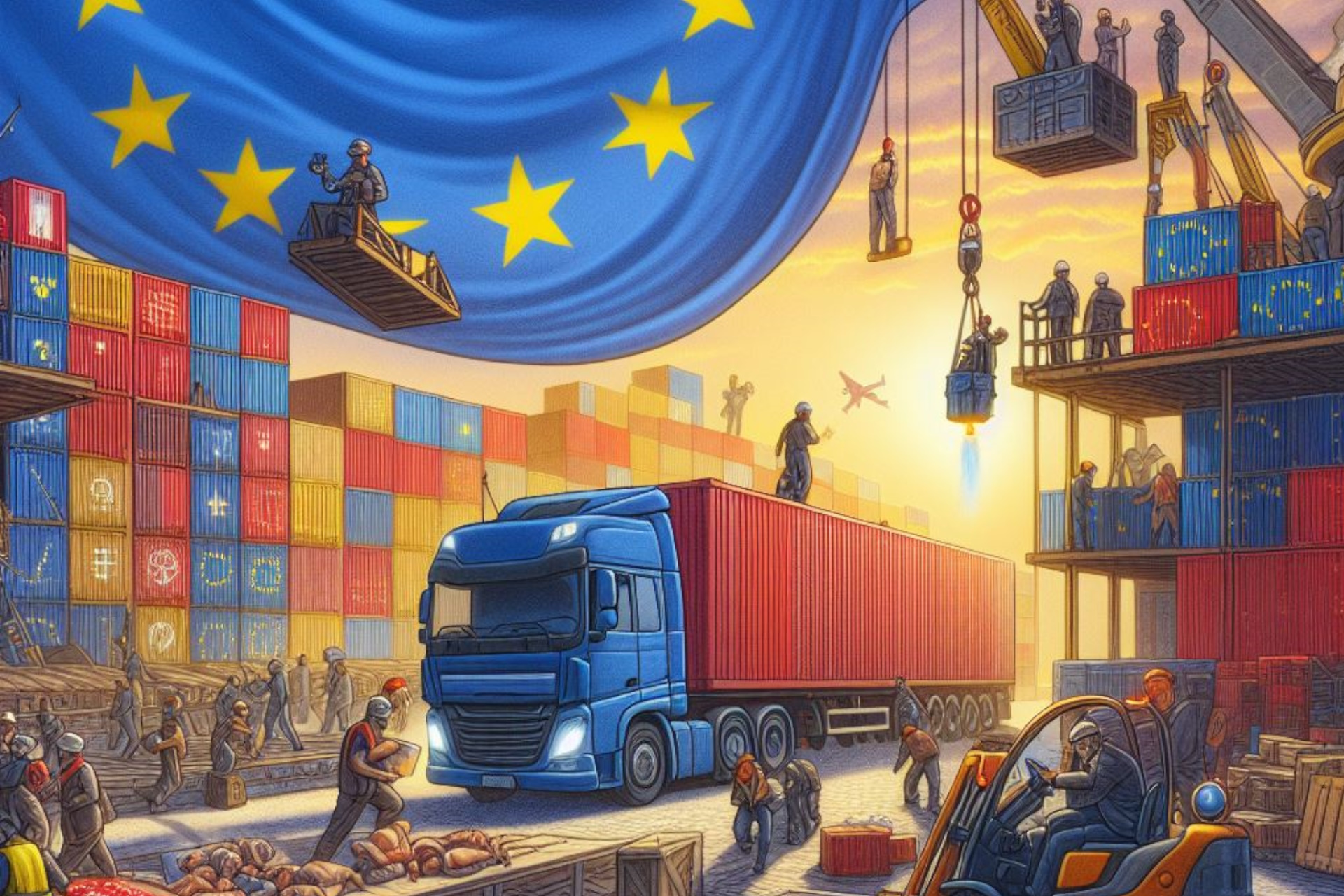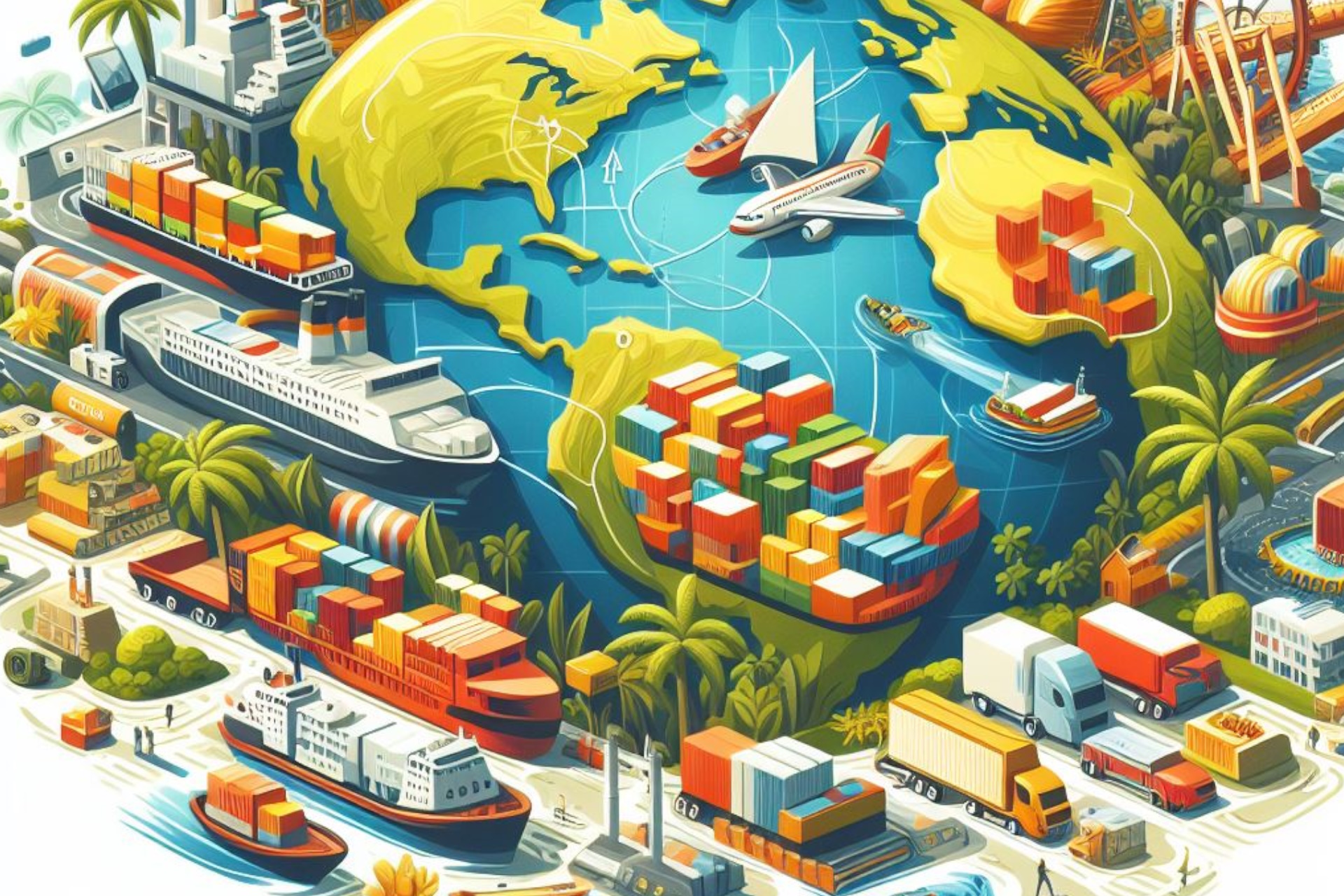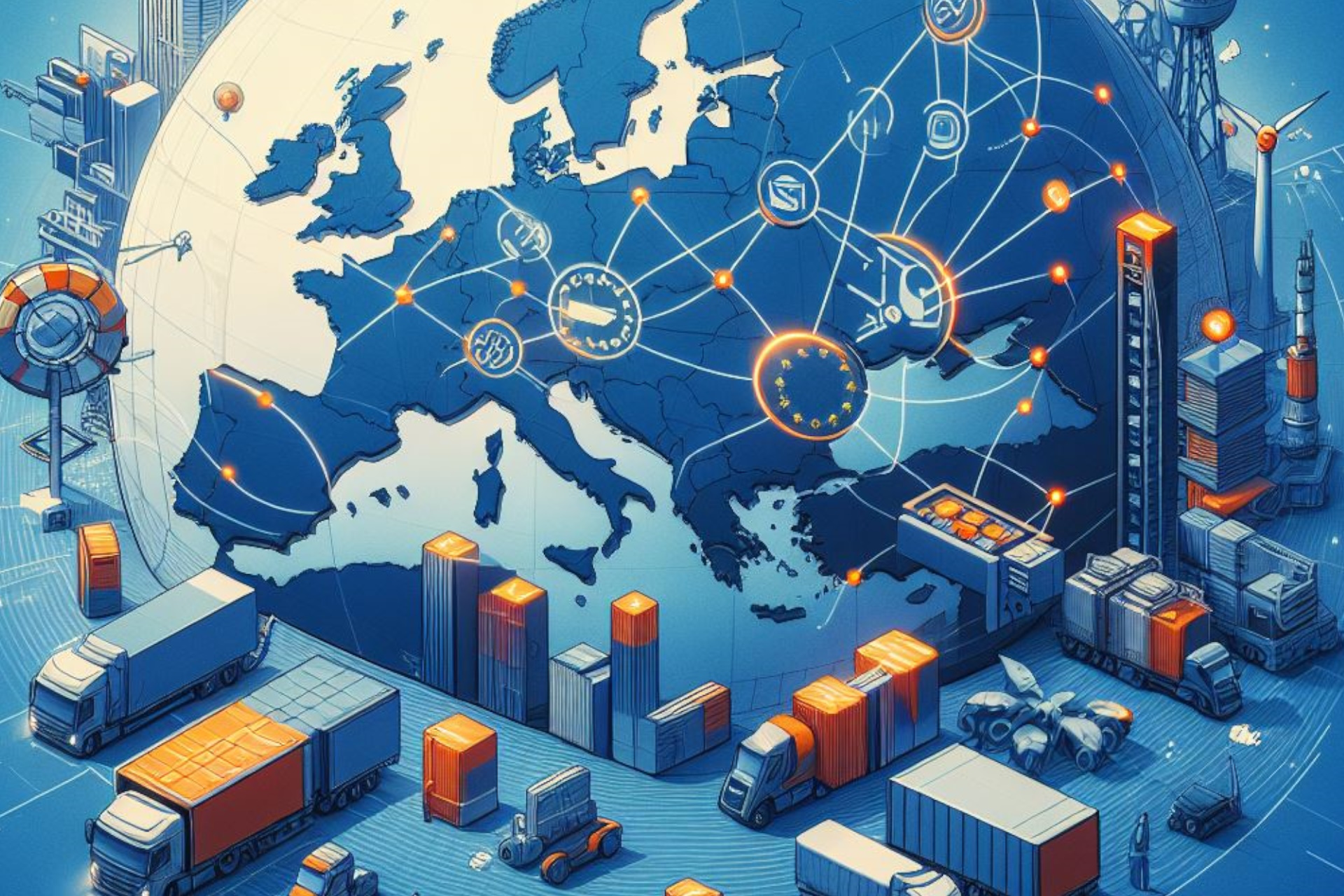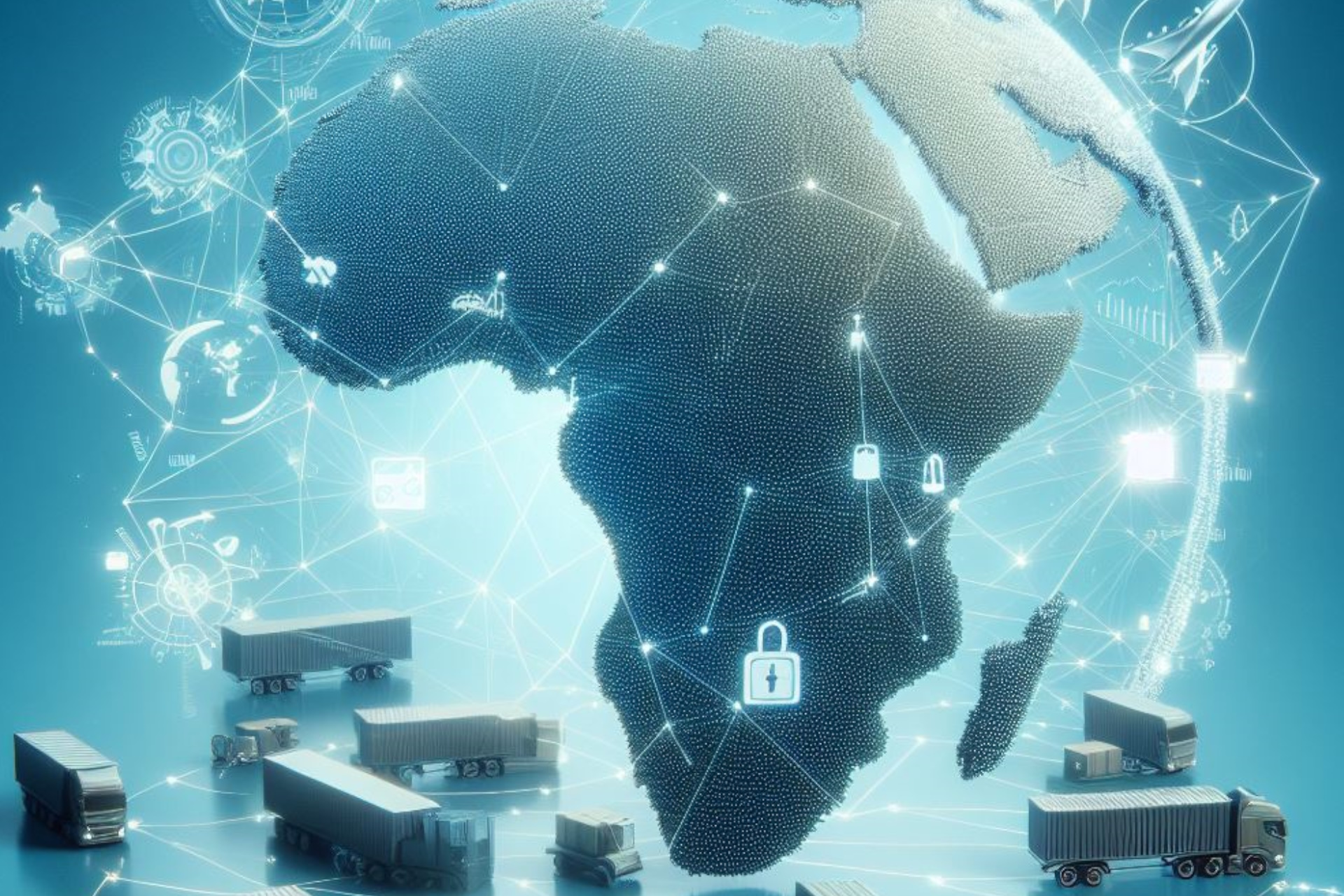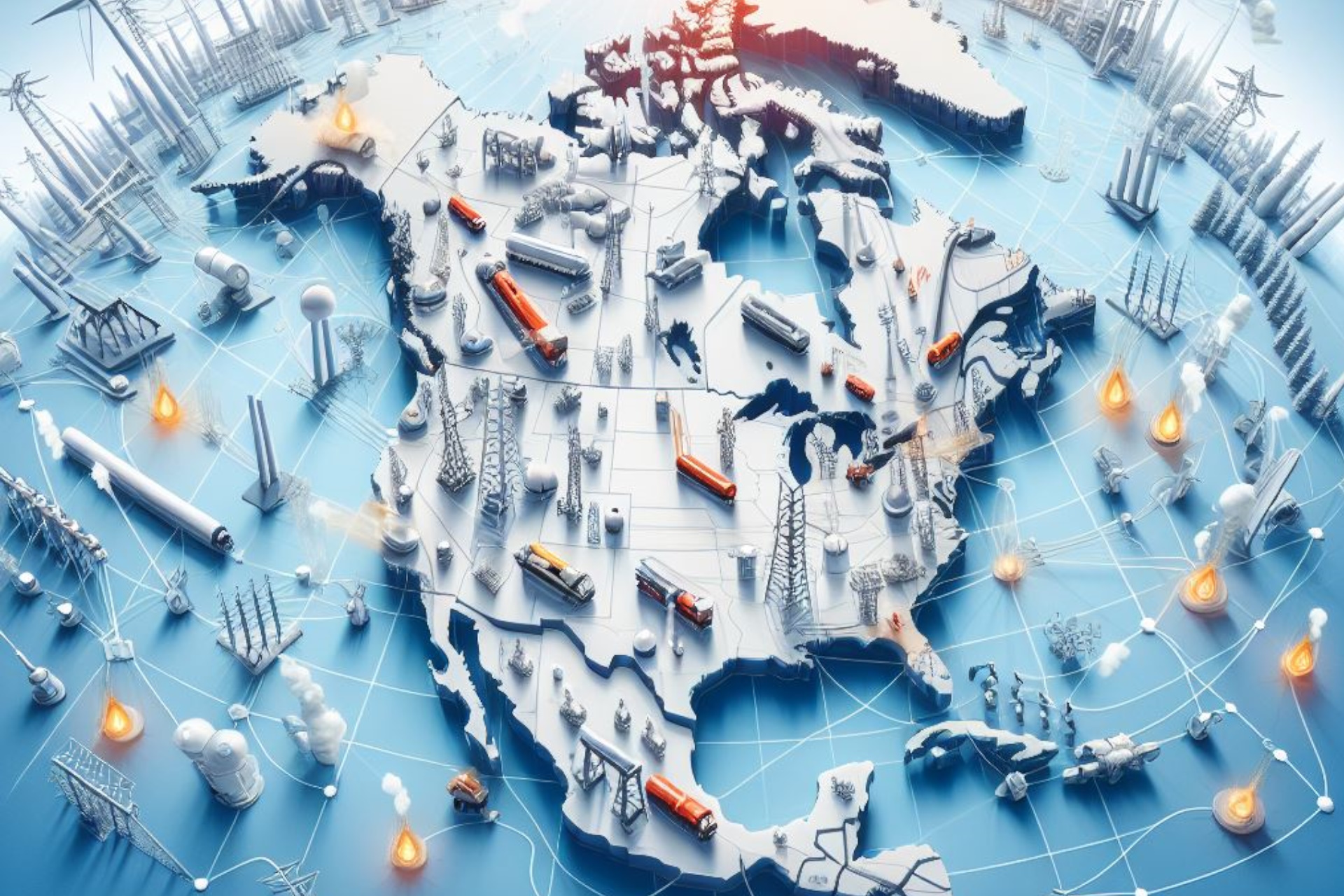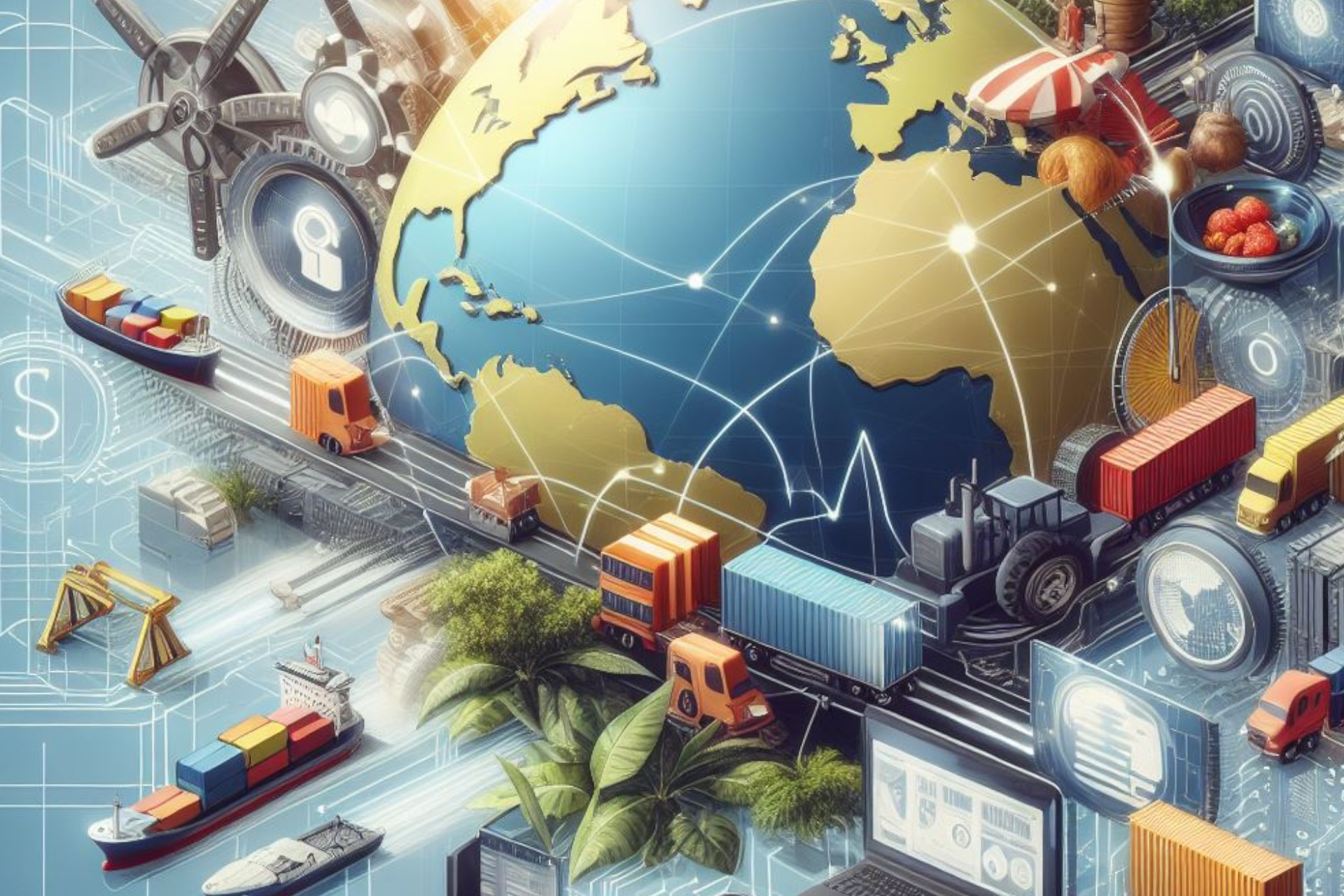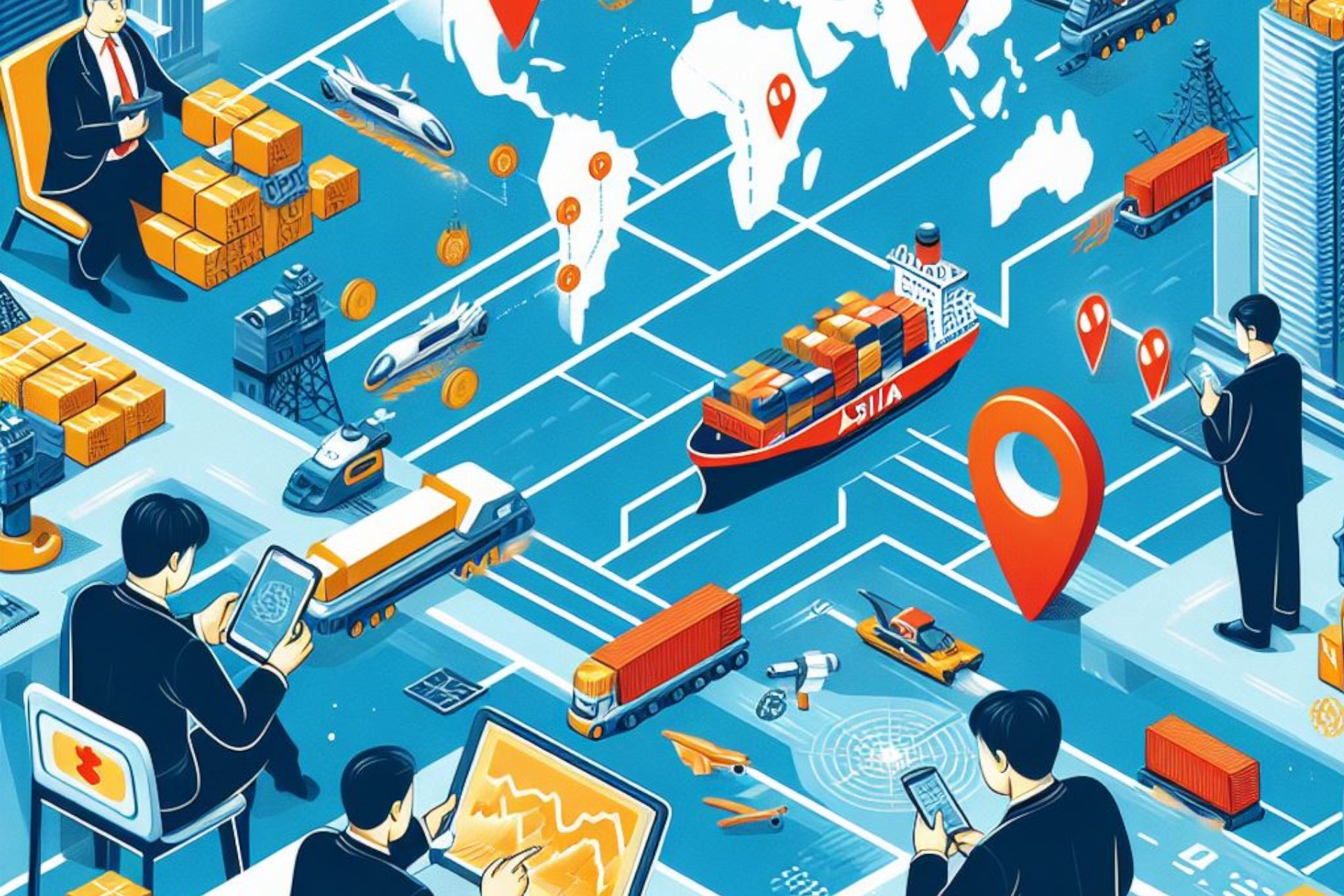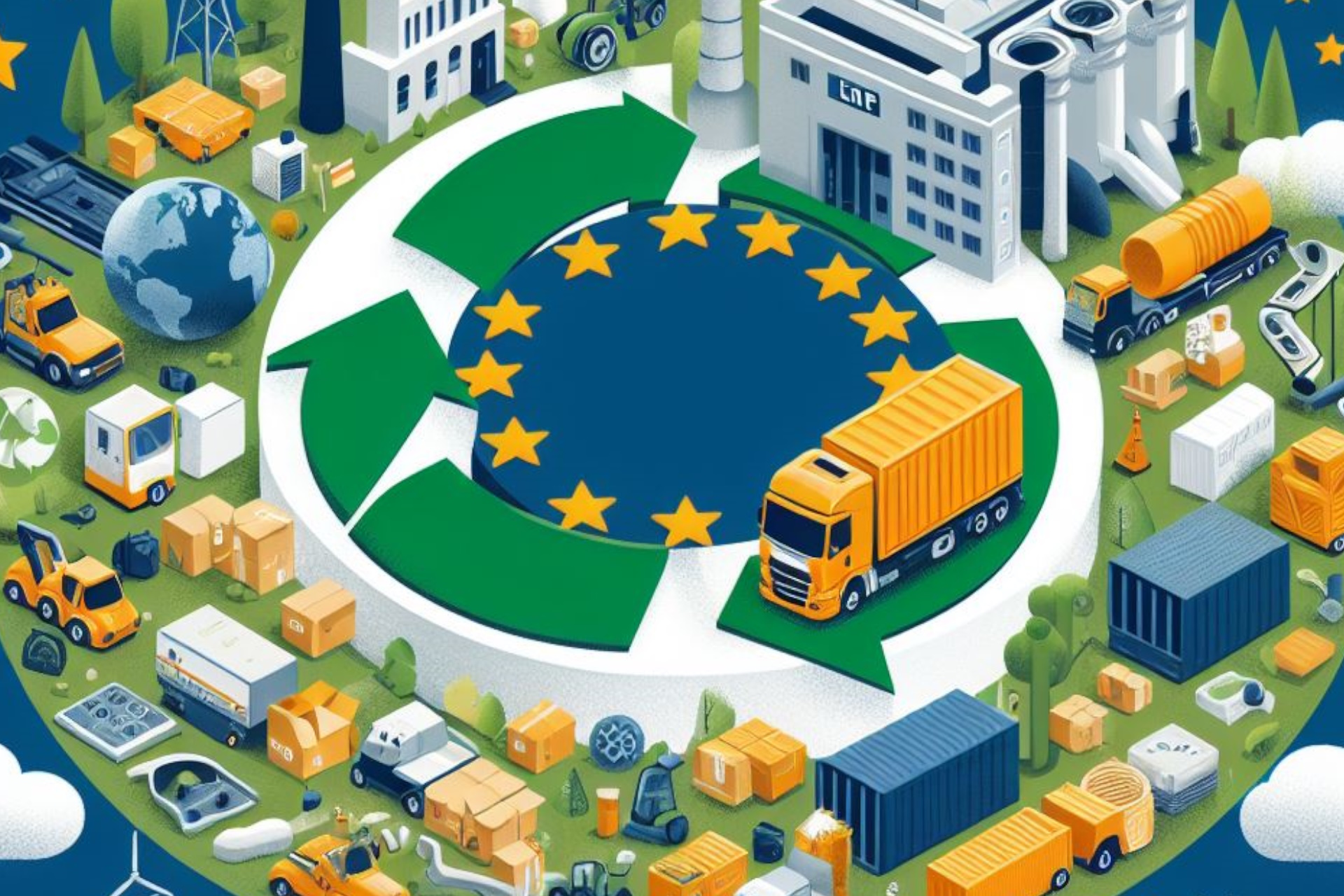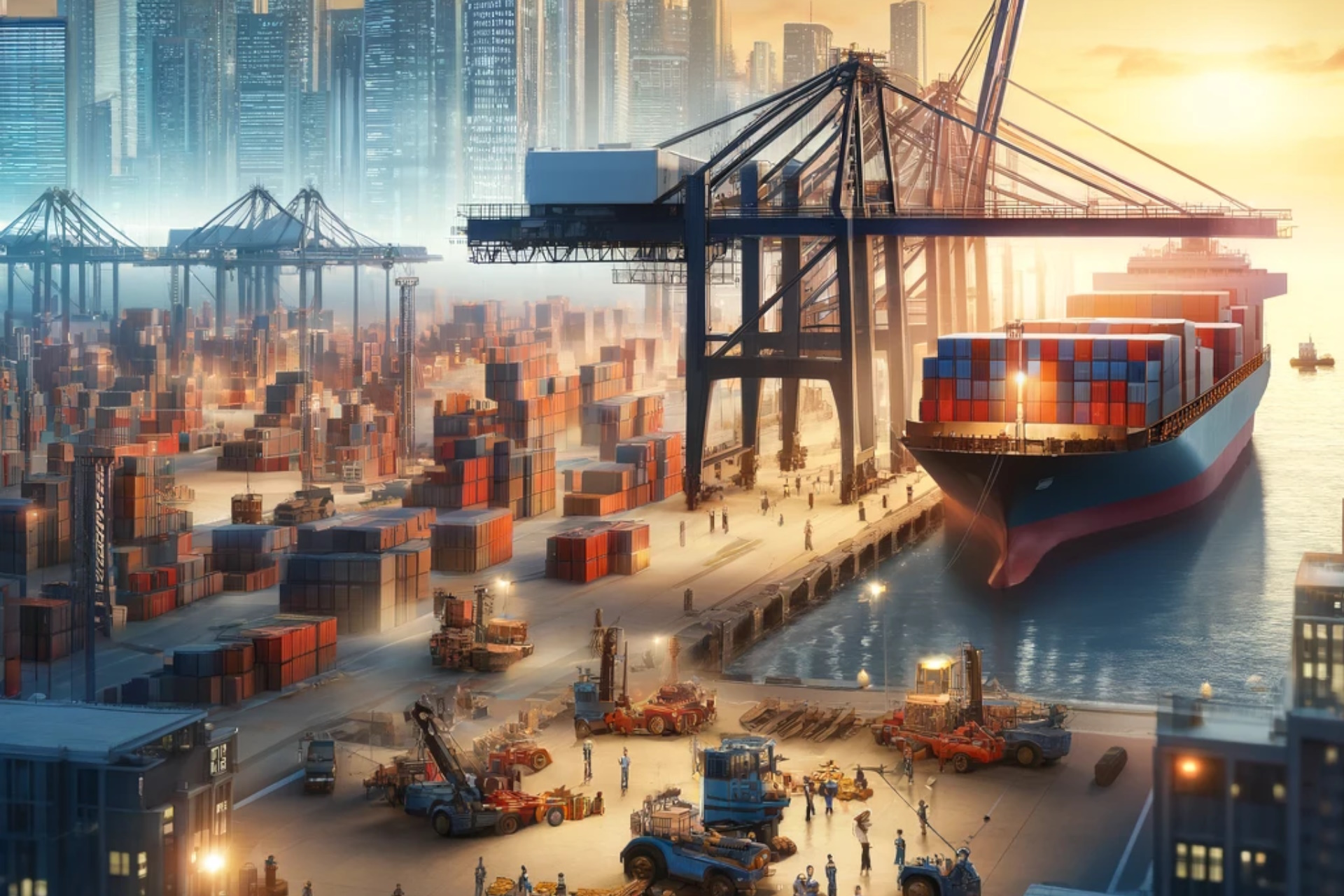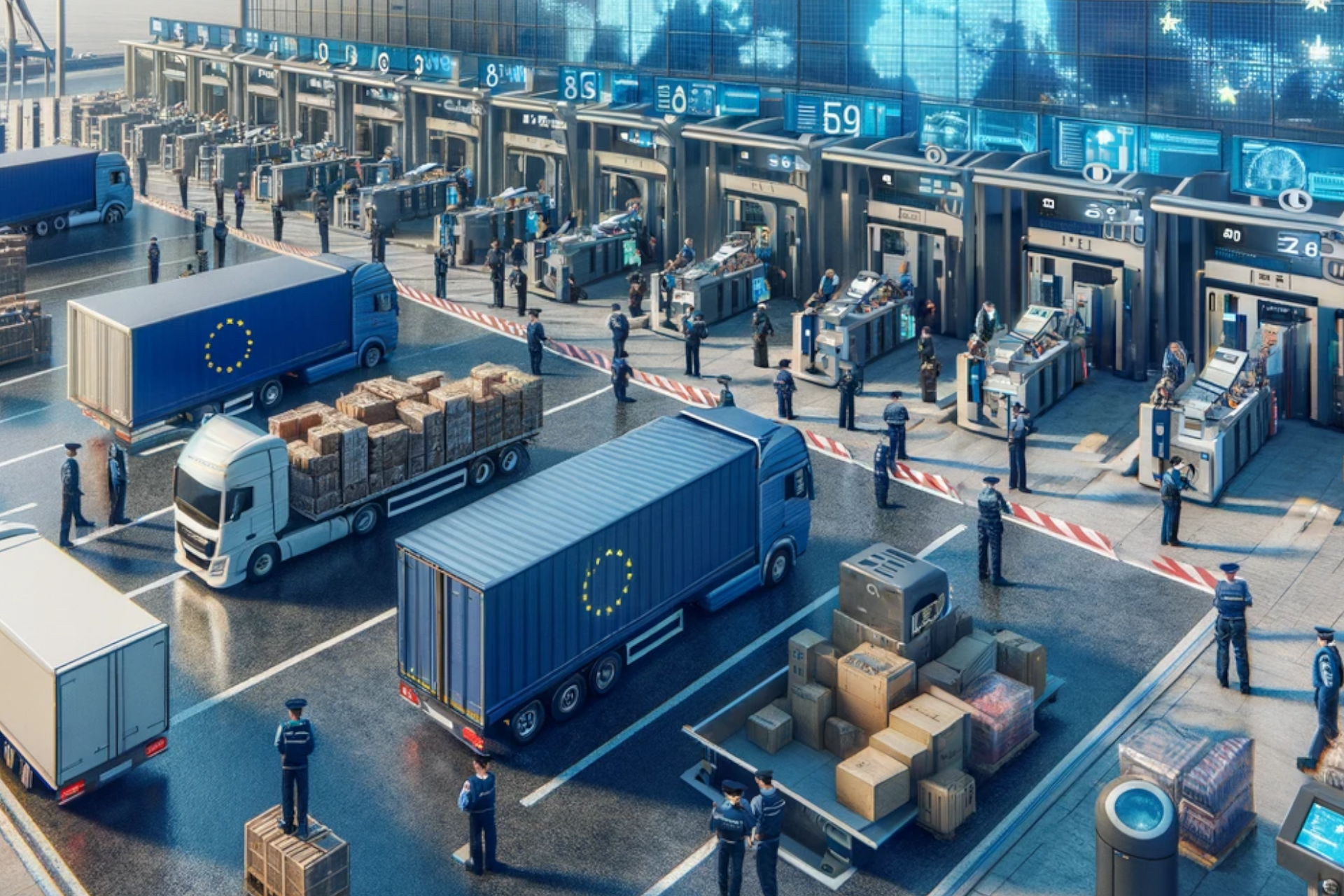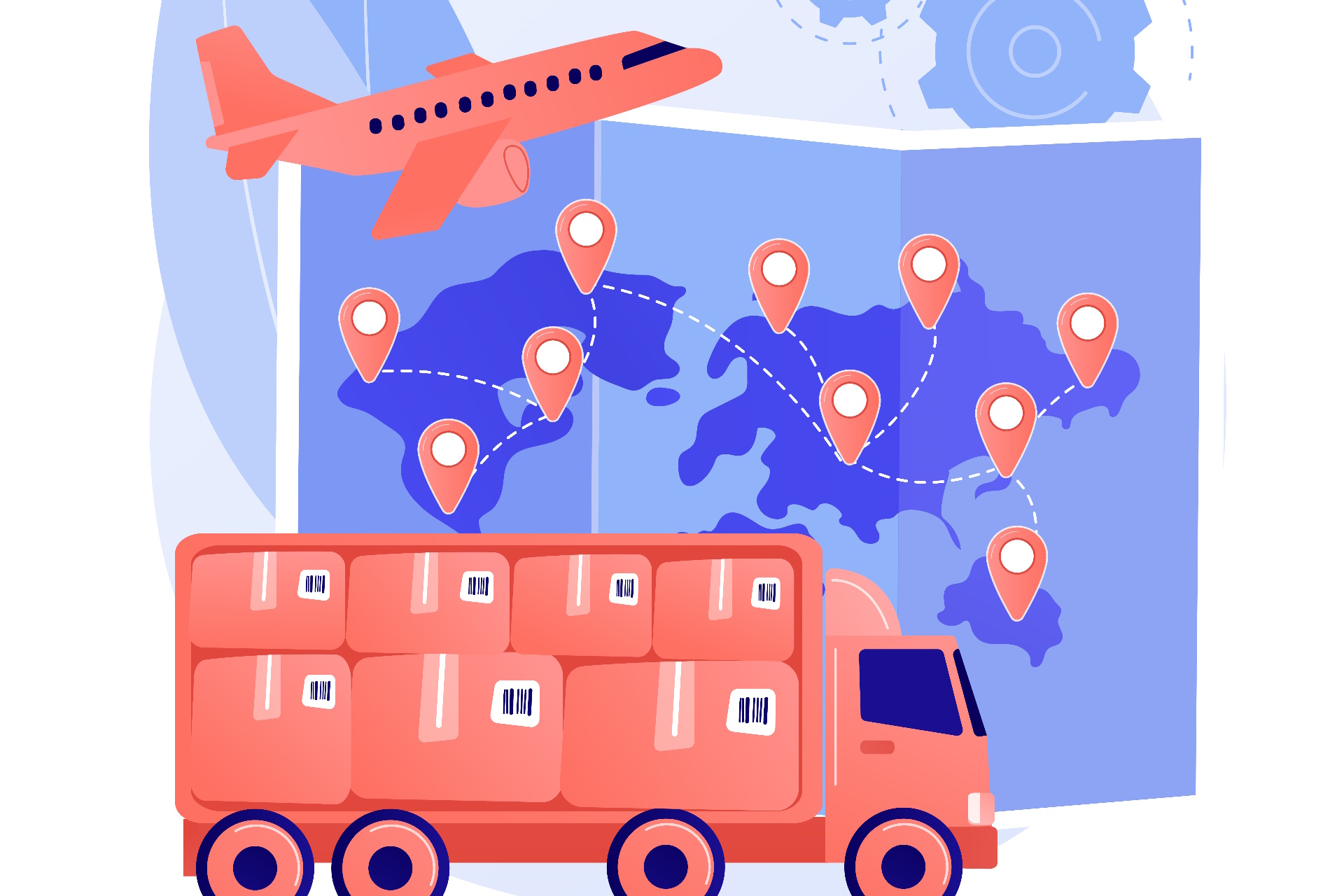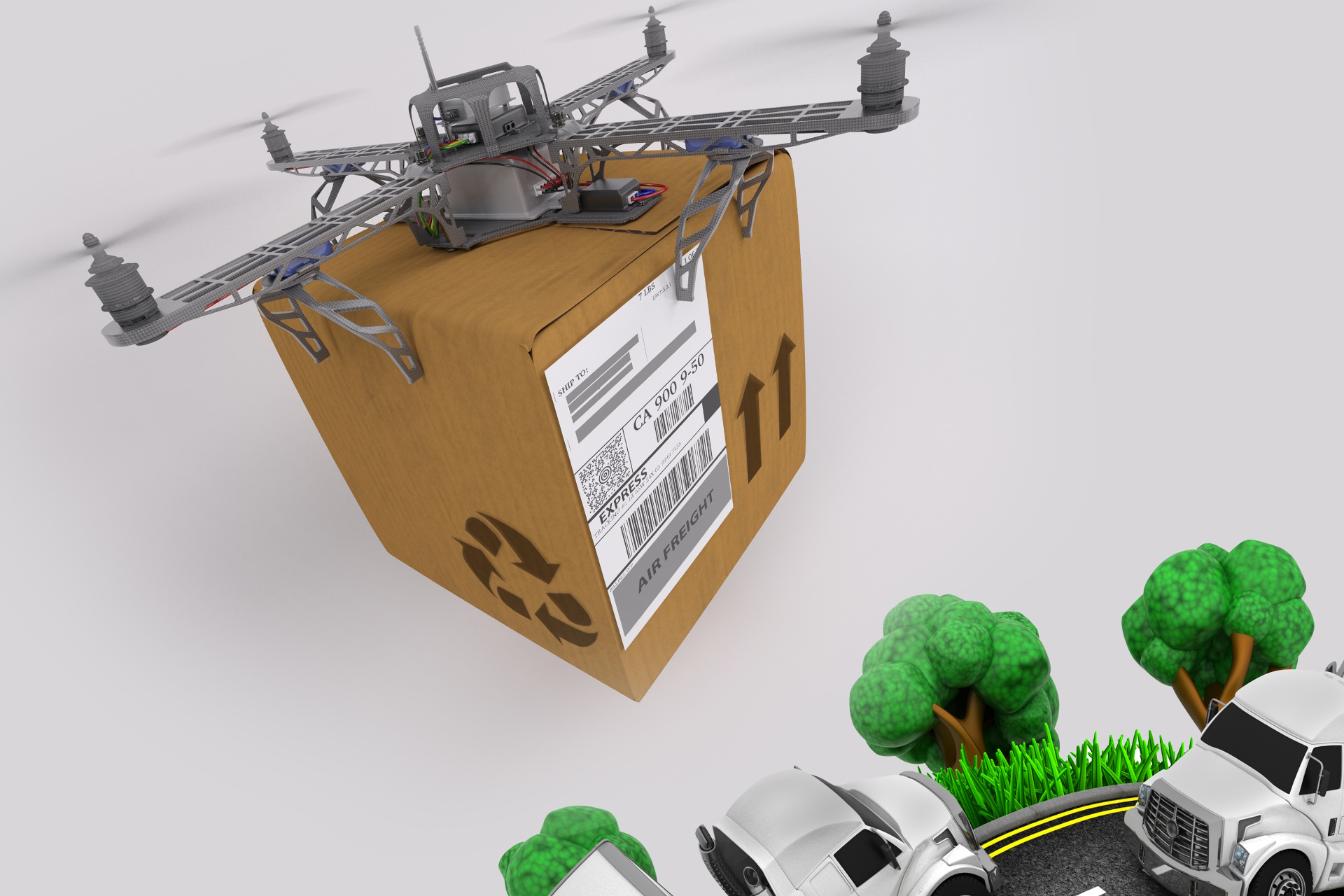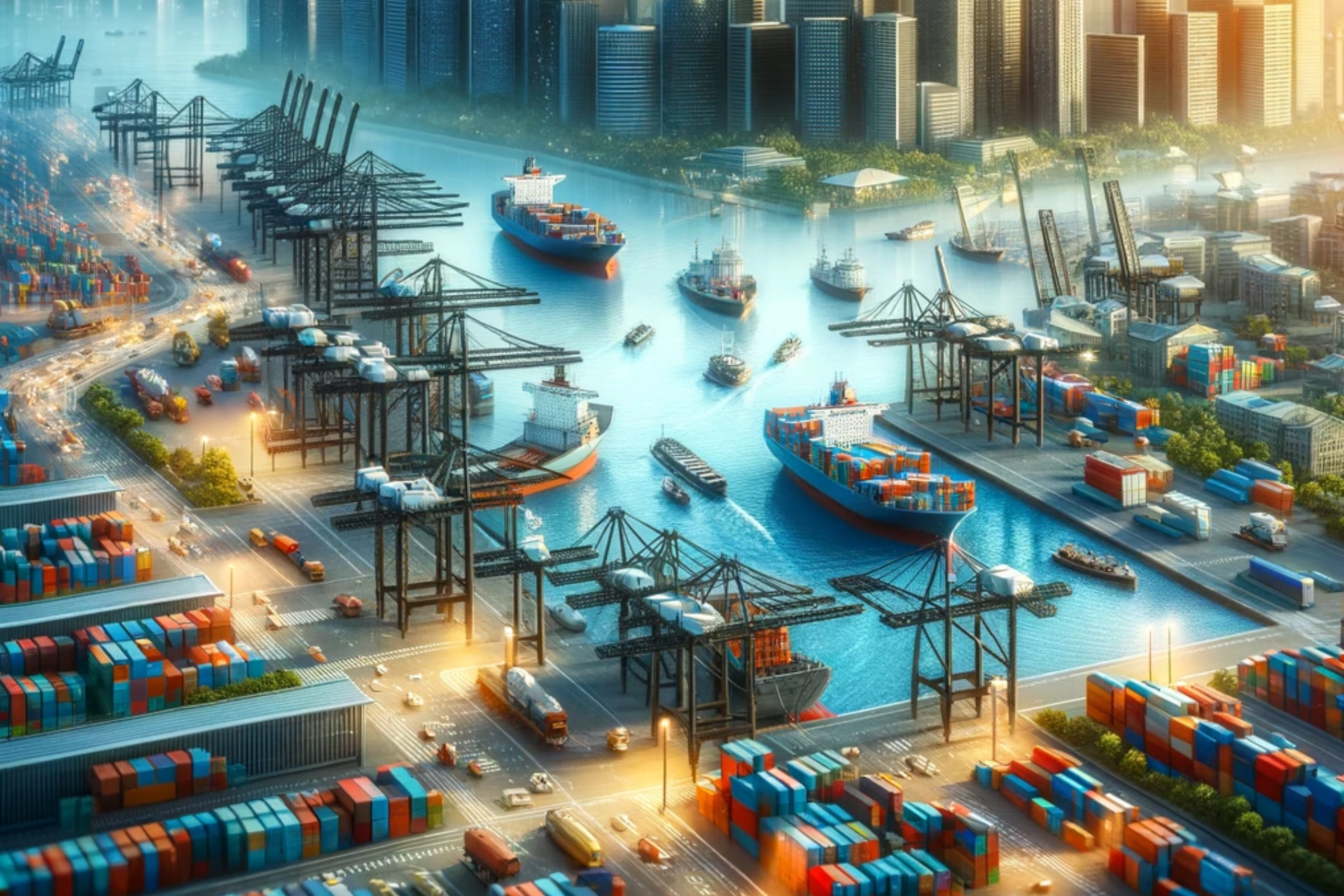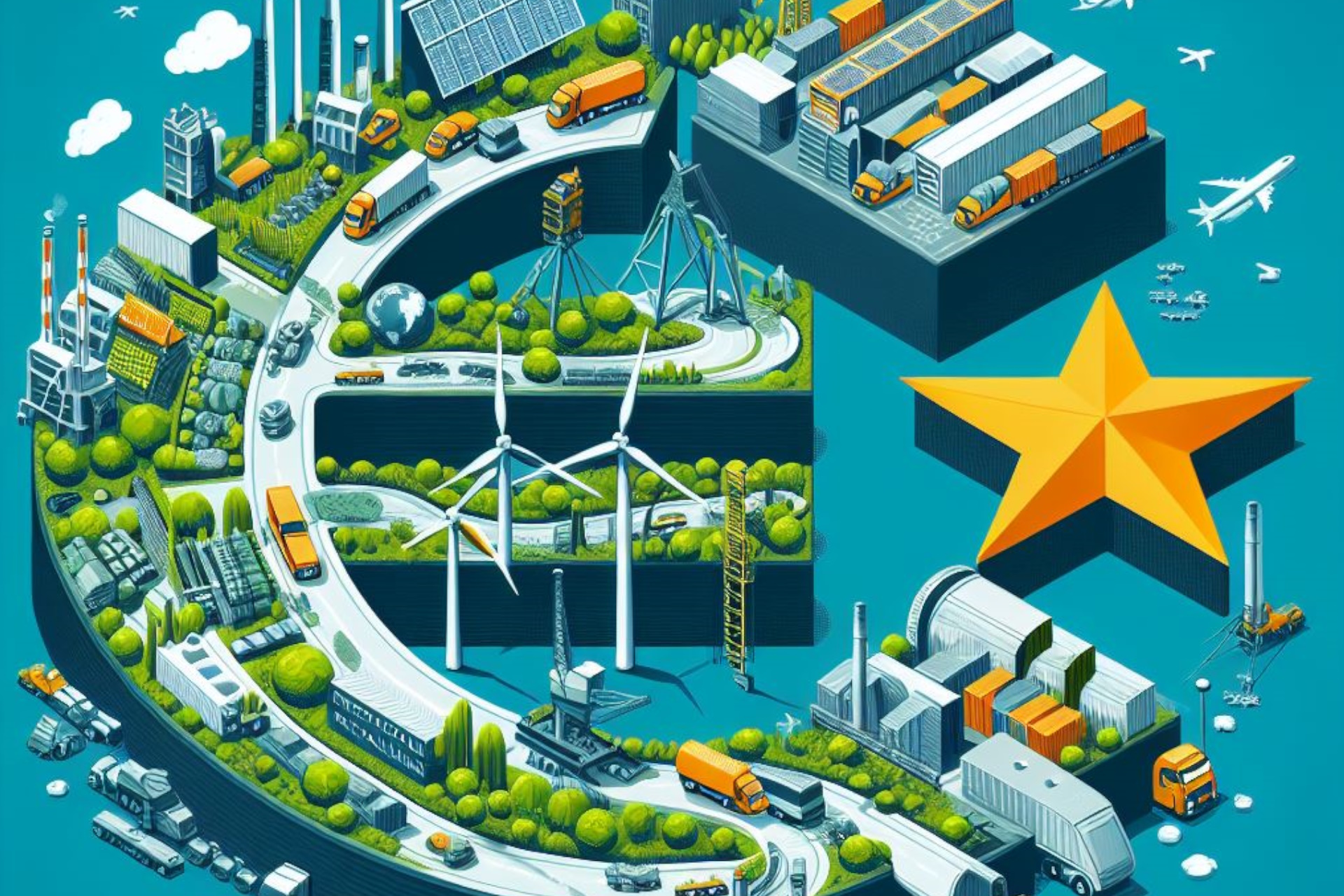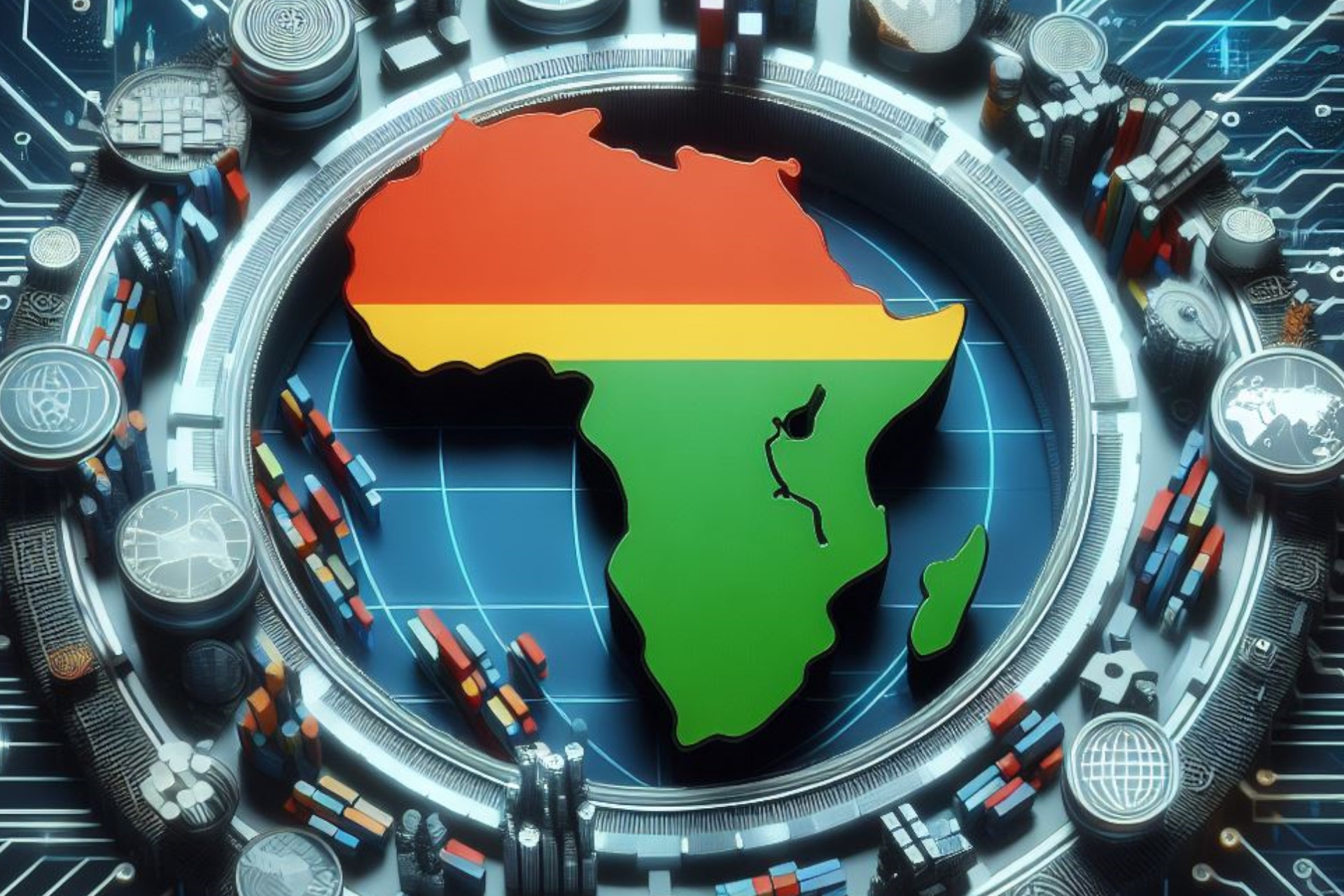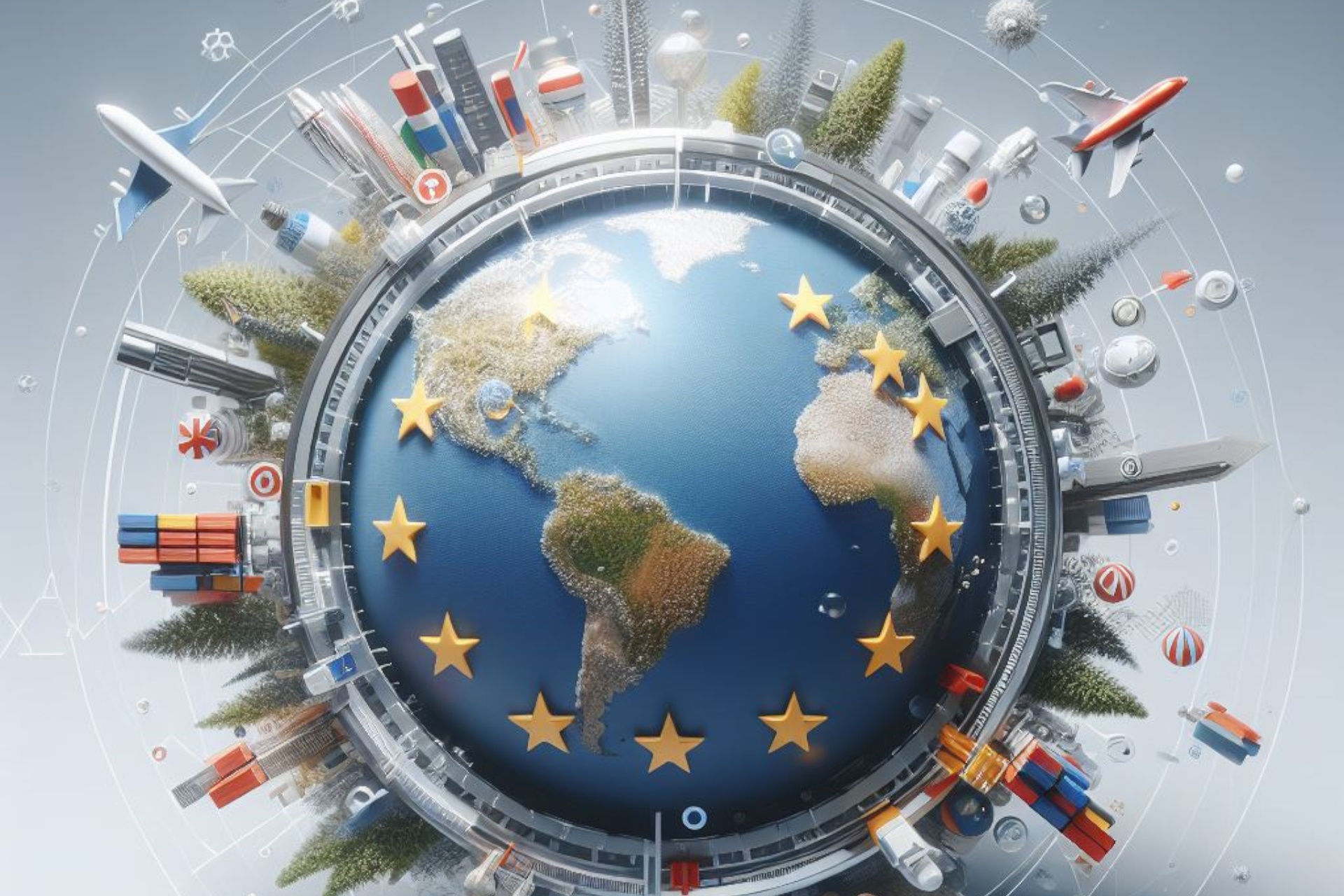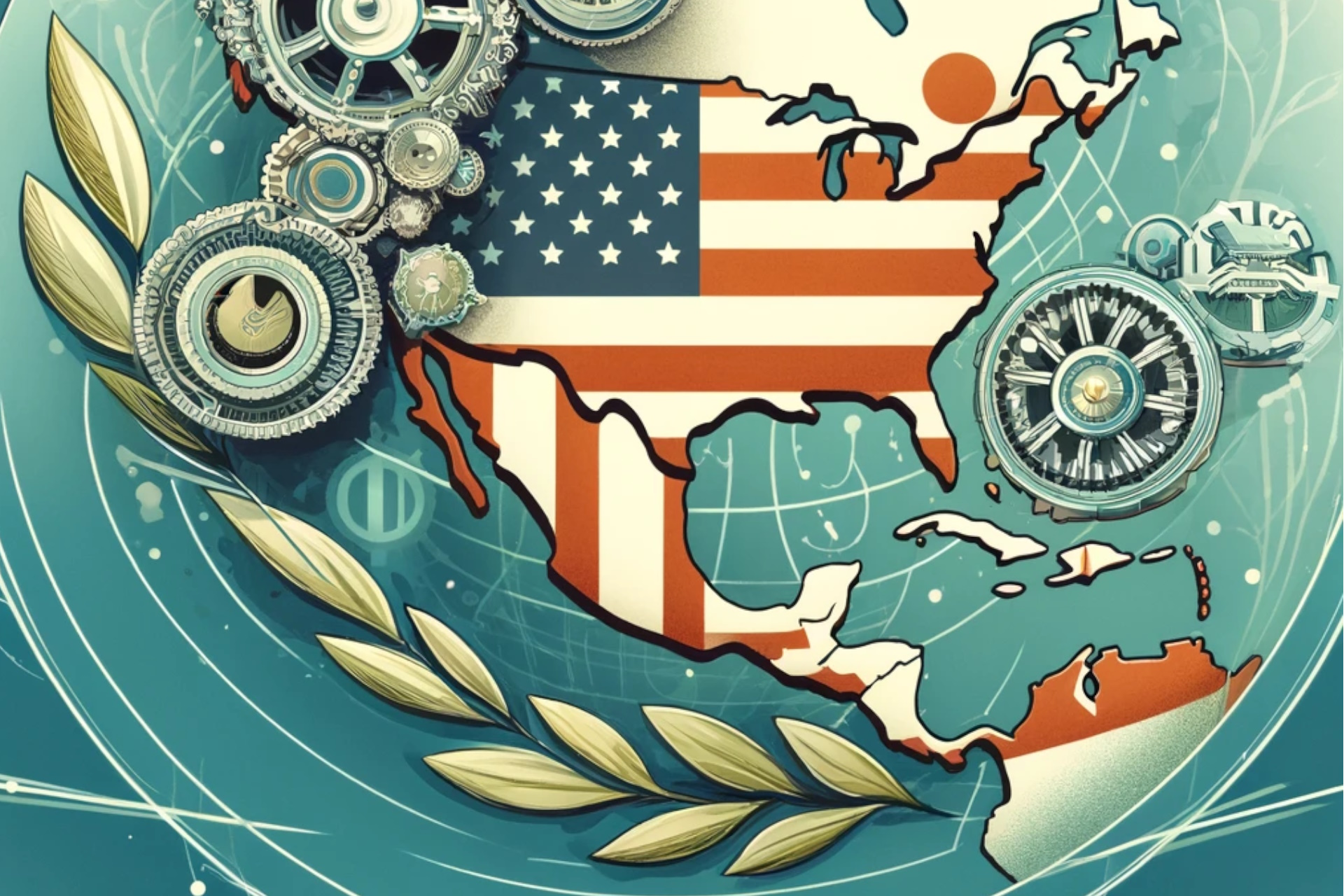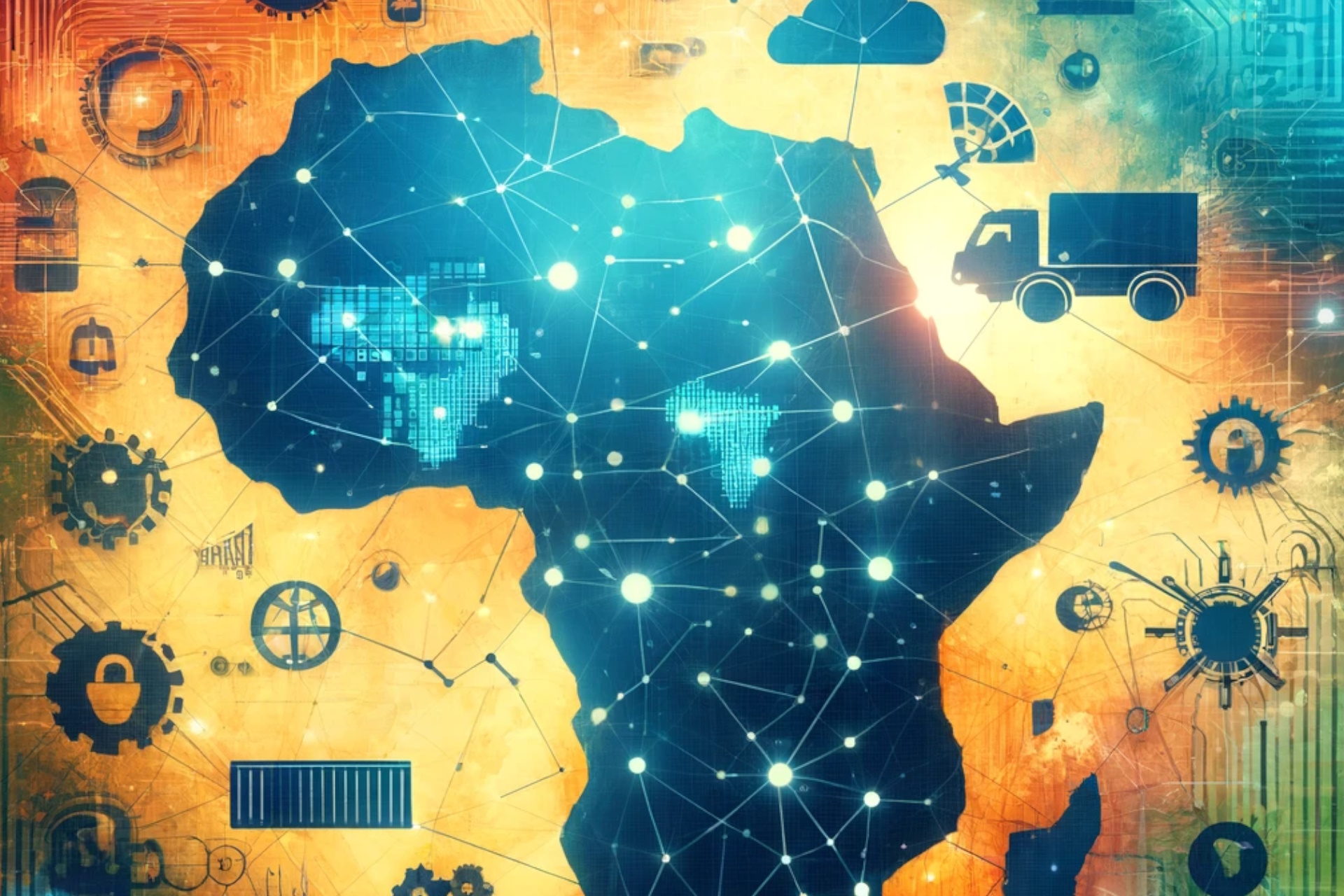Asia's strategic and adaptive measures—ranging from diversifying trade routes and leveraging technological innovations to enacting forward-thinking policies—have significantly bolstered its supply chain resilience. These initiatives, complemented by an emphasis on collaboration and partnerships, equip the region to effectively handle future disruptions and maintain its pivotal role in global trade. Asia's ongoing efforts to enhance supply chain robustness exemplify a proactive approach to navigating the complexities of cross-border trade in a volatile world.
In an interconnected world where global trade fuels economic growth, disruptions in the supply chain can send shockwaves across industries and economies. The challenges posed by natural disasters, geopolitical tensions, and pandemics have underscored the need for resilient supply chains, especially in the context of cross-border trade. Amidst these challenges, Asia has emerged as a key player, demonstrating remarkable adaptability and innovation in response to disruptions.
One of the primary strategies employed by Asian nations to enhance supply chain resilience is diversification. Recognizing the risks associated with overreliance on a single source or route, many countries in Asia have actively diversified their supply chains by forging new trade partnerships and expanding existing ones. For instance, China's Belt and Road Initiative (BRI) has facilitated the creation of alternative trade routes, reducing dependency on traditional pathways and mitigating the impact of disruptions.
Moreover, advancements in technology have played a pivotal role in enhancing supply chain resilience across Asia. From blockchain and artificial intelligence to Internet of Things (IoT) devices, technological innovations have enabled real-time tracking, transparency, and agility in cross-border trade. These technologies provide stakeholders with greater visibility into supply chain operations, enabling proactive risk management and faster response to disruptions.
Furthermore, Asia has witnessed a surge in the adoption of digital platforms and e-commerce solutions, which have proven instrumental in maintaining continuity amidst disruptions. As traditional brick-and-mortar stores faced closures and restrictions, online marketplaces offered a lifeline for businesses to reach customers and manage inventory. The rapid growth of e-commerce platforms in Asia has not only diversified sales channels but also facilitated smoother cross-border transactions, reducing the impact of trade disruptions.
In addition to technological advancements, policy measures have also been instrumental in bolstering supply chain resilience in Asia. Governments across the region have implemented reforms to streamline customs procedures, reduce trade barriers, and enhance infrastructure connectivity. By fostering an enabling environment for trade and investment, policymakers have contributed to the resilience of cross-border supply chains, enabling businesses to navigate disruptions more effectively.
Collaboration and partnerships have emerged as another key pillar of Asia's response to supply chain disruptions. Recognizing that no single entity can address complex challenges alone, stakeholders across industries have come together to share best practices, resources, and expertise. Collaborative initiatives, such as public-private partnerships and industry consortia, have facilitated knowledge exchange and collective action to strengthen supply chain resilience in the face of disruptions.
Looking ahead, the resilience of Asia's cross-border trade supply chains will continue to be tested by evolving geopolitical dynamics, climate change, and unforeseen crises. However, by embracing diversification, leveraging technology, implementing supportive policies, and fostering collaboration, Asia is well-positioned to navigate these challenges and emerge stronger than ever before.
#SupplyChainResilience #CrossBorderTrade #AsiaTrade #SupplyChainManagement #TradePartnerships #TechnologyInnovation #EcommerceSolutions #PolicyReforms #CollaborativeInitiatives #GeopoliticalDynamics #ClimateChange #DisruptionResponse
Read more views



